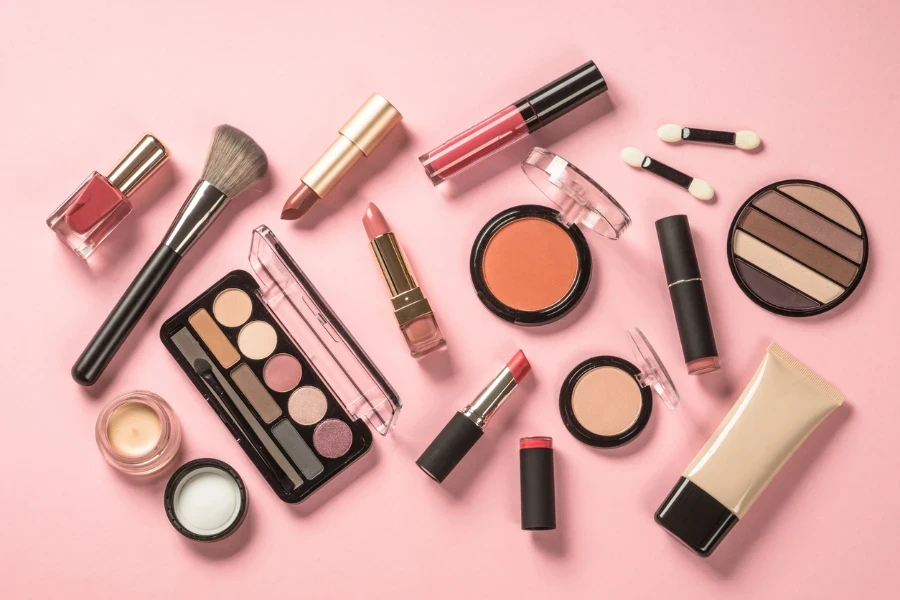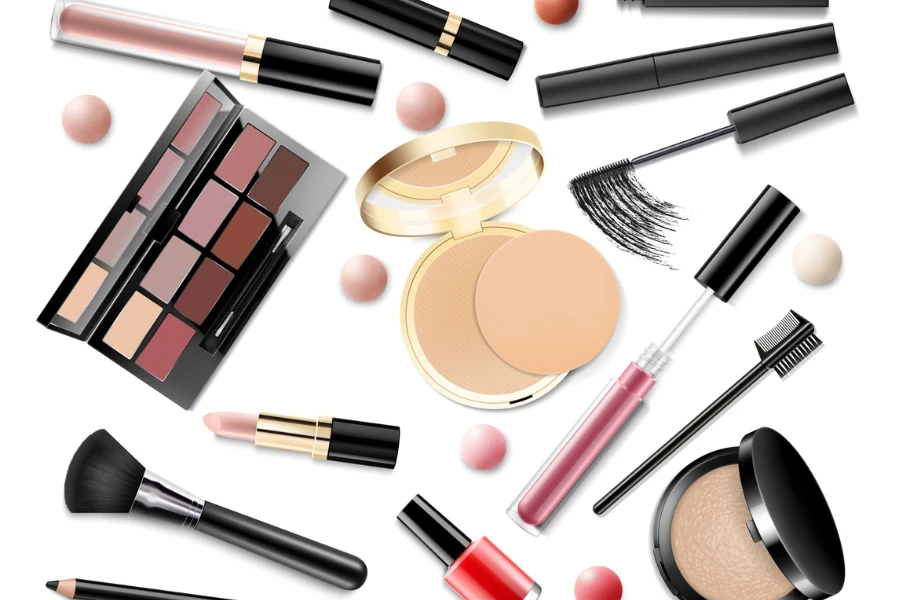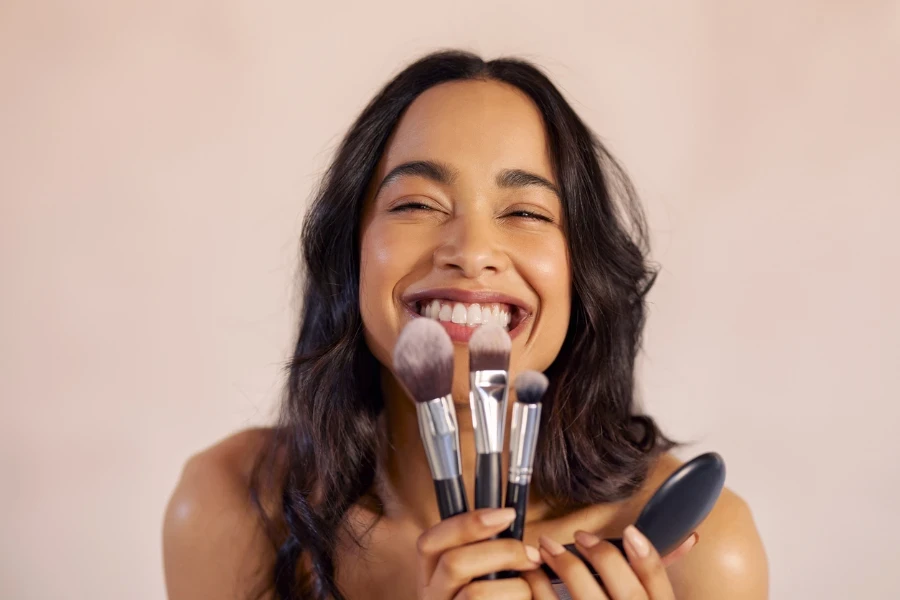In the vast world of beauty and personal care, cosmetics stand out as a fundamental component of daily routines worldwide. However, with the sheer volume of products and information available, it can be overwhelming to navigate this space. This article aims to demystify cosmetics by focusing on the five key aspects that matter most to users, according to Google trends. From ingredient safety to environmental impact, we’ll provide you with the insights needed to make informed decisions about the cosmetics you choose to incorporate into your beauty regimen.
Table of Contents:
– Understanding cosmetic ingredients
– The importance of packaging and sustainability
– Navigating the world of cruelty-free and vegan cosmetics
– The role of cosmetics in skin health
– Trends and innovations in the cosmetics industry
Understanding cosmetic ingredients

Cosmetics are more than just colors and fragrances; they are complex formulations that require careful consideration of each component. Understanding the ingredients in your cosmetics is crucial for several reasons. Firstly, it can help you identify potential allergens or irritants, particularly if you have sensitive skin. Secondly, knowledge of ingredients empowers you to make choices aligned with your ethical and health standards, such as avoiding products with harmful chemicals or those tested on animals.
Ingredient transparency has become a significant concern for consumers. With increasing awareness, people are demanding clearer labels and more information about what goes into their cosmetics. This shift is pushing companies to adopt more transparent practices, benefiting consumers who value honesty in their beauty products.
Moreover, the rise of “clean beauty” has highlighted the importance of natural and non-toxic ingredients in cosmetics. While the definition of clean beauty varies, the core idea revolves around products that are safe for humans and the environment, free from controversial chemicals. As consumers become more health-conscious, the demand for clean beauty products continues to grow.
The importance of packaging and sustainability

Sustainability in cosmetics goes beyond the formulation of the products themselves; it also encompasses the packaging. The beauty industry is notorious for its heavy use of plastic, much of which ends up in landfills or the ocean. However, a growing number of consumers are now prioritizing eco-friendly packaging when making purchasing decisions.
Innovations in packaging, such as biodegradable materials and refillable containers, are gaining traction. These alternatives not only reduce waste but also offer consumers a way to contribute to environmental conservation. Additionally, minimalistic packaging designs are becoming popular, reflecting a broader trend towards sustainability and simplicity.
Another aspect of sustainable cosmetics is the lifecycle analysis of products. This involves evaluating the environmental impact of a product from production to disposal. By understanding this lifecycle, consumers can choose products that are truly sustainable, rather than falling for greenwashing tactics.
Navigating the world of cruelty-free and vegan cosmetics

The terms “cruelty-free” and “vegan” are often used interchangeably, but they represent different commitments in the cosmetics industry. Cruelty-free products are those not tested on animals at any point during their production, whereas vegan products do not contain any animal-derived ingredients.
For many consumers, ethical considerations are as important as the quality of the product itself. The rise of cruelty-free and vegan cosmetics reflects a growing awareness of animal welfare issues and a desire to make more compassionate choices. Certifications from organizations like Leaping Bunny or PETA can help consumers identify products that meet these ethical standards.
However, navigating this space can be challenging due to the lack of standardized definitions and regulations. Consumers must often rely on brand transparency and third-party certifications to ensure that their cosmetics align with their ethical values.
The role of cosmetics in skin health

While cosmetics are often associated with aesthetic enhancement, their impact on skin health cannot be overlooked. The right products can protect the skin from environmental stressors, provide essential hydration, and even offer sun protection. Conversely, the wrong products can lead to skin irritation, breakouts, and other issues.
The trend towards skincare-infused makeup highlights the growing recognition of this dual role. Products that combine color cosmetics with skincare benefits, such as foundations with SPF or moisturizing lipsticks, are becoming increasingly popular. This convergence of makeup and skincare reflects a holistic approach to beauty, where the health of the skin is given as much importance as its appearance.
Understanding your skin type and concerns is key to choosing cosmetics that support skin health. Ingredients like hyaluronic acid for hydration, niacinamide for brightening, and non-comedogenic oils for moisturization can offer added benefits beyond mere coverage or color.
Trends and innovations in the cosmetics industry

The cosmetics industry is constantly evolving, driven by technological advancements and changing consumer preferences. One of the most significant trends is the personalization of beauty products. Thanks to technology, consumers can now find products tailored to their specific skin concerns, tones, and preferences. This personalization extends from customized skincare regimens to bespoke foundation shades.
Sustainability is another major trend shaping the industry. Beyond packaging and ingredients, brands are exploring new ways to minimize their environmental impact, such as waterless cosmetics and solid beauty products. These innovations not only appeal to environmentally conscious consumers but also offer new experiences and benefits, such as increased product concentration and longer shelf life.
Lastly, the digital transformation of the beauty industry cannot be ignored. Virtual try-on apps, augmented reality (AR) makeup tutorials, and online skin consultations are just a few examples of how technology is changing the way consumers discover and interact with cosmetics. These digital tools enhance the shopping experience, making it more convenient, personalized, and engaging.
Conclusion
Cosmetics play a significant role in both beauty routines and personal well-being. By understanding the ingredients, prioritizing sustainability, making ethical choices, considering skin health, and staying informed about industry trends, consumers can make more informed decisions about the cosmetics they use. As the industry continues to evolve, these considerations will remain at the forefront, guiding consumers towards products that not only enhance their appearance but also align with their values and lifestyle.



